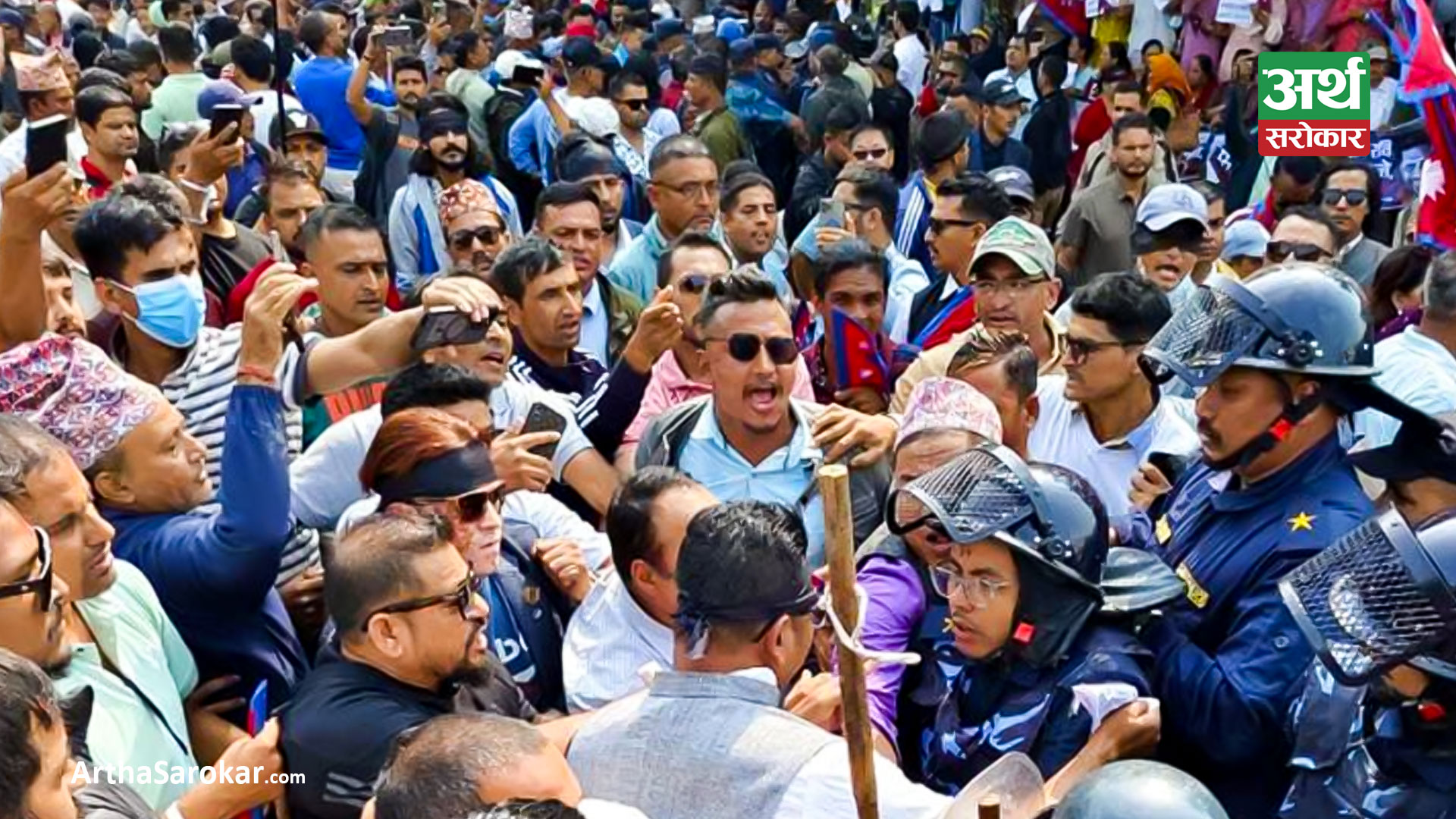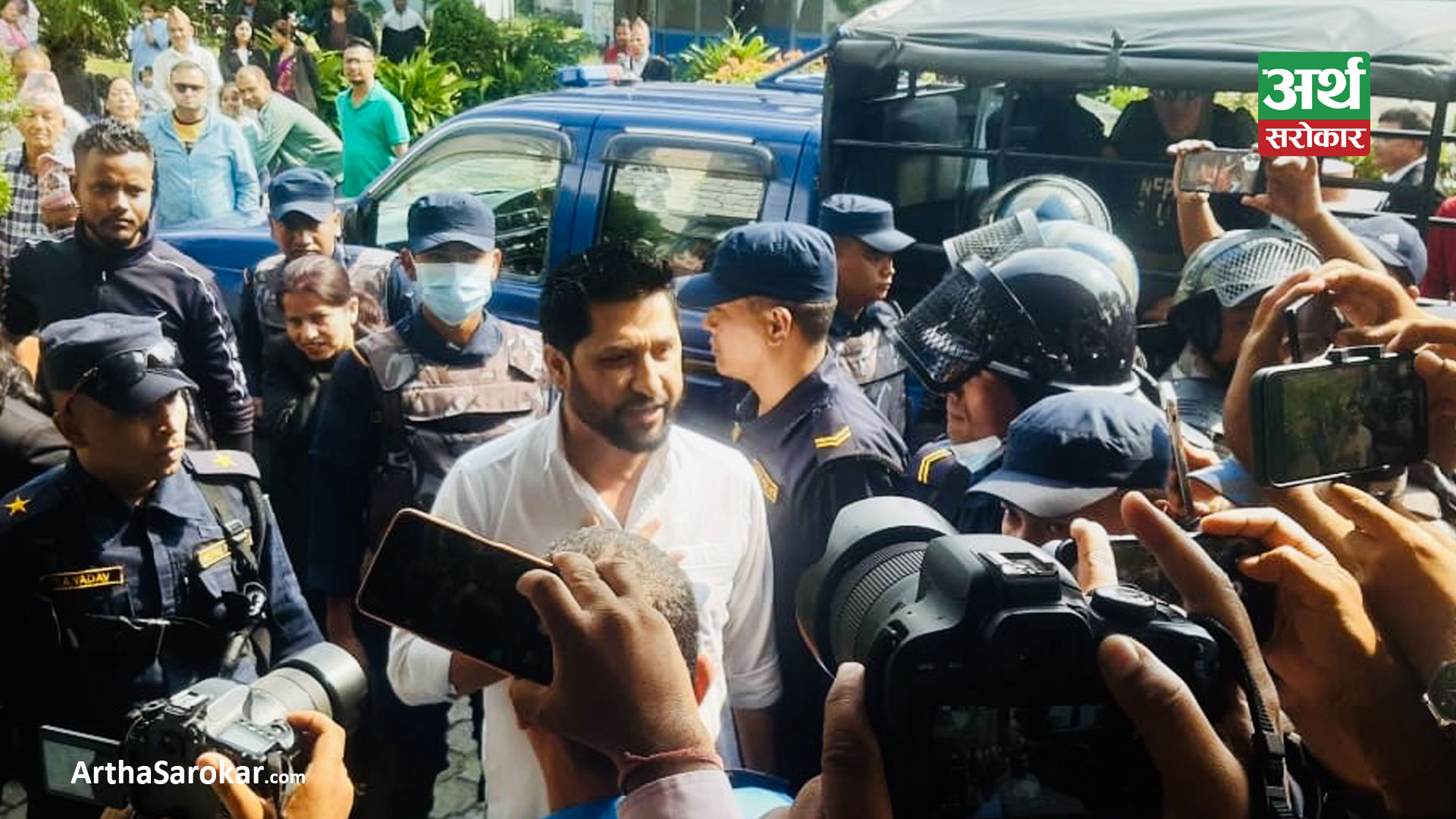Kartik Shukala Chaturthi: Chhath festival main fasting rituals commence
KATHMANDU
The Chhath festival observed as a common cultural symbol of the Tarai is being celebrated as per religious tradition and much fanfare starting today.
The festival is dedicated to the sun God, with offerings made to the rising and setting sun. It is observed for four days, from Kartik Shukala Chaturthi to Kartik Shukla Saptami, as per the lunar calendar. It usually falls between mid-October and mid-November in the Gregorian calendar.
The Sun, considered the god of energy and of the life force, is worshiped during the Chhath festival to promote well-being, prosperity, and progress. Those observing the Chhath fasting take a bath in the morning and partake only a single meal today. This observance is called the ‘Nahaya Khaya’. Although the Chhath rituals commence on the day of Kojagart Poornima, the major fasting rituals start in Chaturthi. The next day, or Kartik Shukla Panchami, those observing the fast offer a special rice pudding mixed with molasses called ‘Kharana’ to the Shasti Mata deity and partake it.
They abstain from food items mixed with salt and only take fruits for meals. On the day of Kattik Shukla Shasthi, which is the main day of the Chhath festival, the devotees observe the fast practice of a rigorous fasting even without drinking water. In the evening, they worship the setting sun, making the Arghya offerings, said Anil Singh, who is facilitating the Chhath worship at Guhyeswari Gaurighat Chhath Worship Committee.
This year, the main day of the Chhath festival falls on November 7. In Kathmandu, the area from Guhyeswari to Gaurighat, Gahana Pokhari, Naag Pokhari, Kamal Pokhari, and the different ghats along the Bagmati at Thapathali, Nakhkhu, and the ghats along the Bishnumati and other rivers have been decorated for the Chhath festival.
The ritual of Chhath Parba includes taking a holy bath, fasting, standing and worshiping the sun for a long time, and offering Prasad and Argha to the ‘rising and setting sun.” Chhath is a festival of bathing and worshipping that follows a period of abstinence and segregation of the worshipper from the main household for four days.
During this period, the worshipper observes purity and sleeps on the floor on a single blanket. This is the only holy festival that has no involvement of any pandit (priest). The devotees offer their prayers to the setting sun, and then the rising sun celebrates its glory as the cycle of birth starts with death. It is seen as the most glorious form of Sun worship.



